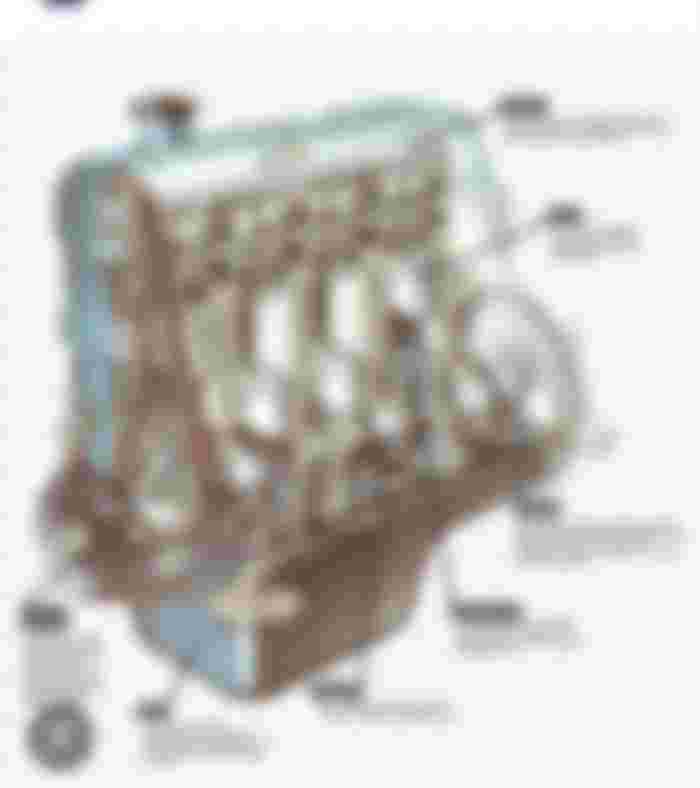Car engine
Exploring the Heart of Mobility: The Intricacies of a Car Engine
Introduction
The modern automobile is a marvel of engineering, and at the heart of every vehicle lies a complex and meticulously designed component—the car engine. This intricate machine is responsible for converting fuel into mechanical energy, propelling us from one destination to another with remarkable efficiency. In this article, we'll delve into the fascinating world of car engines, understanding their functioning, types, and the technological advancements that have shaped the automotive industry.
The Basics: How Car Engines Work

At its core, a car engine is an internal combustion engine that operates on a simple yet ingenious principle. It burns a mixture of fuel and air in a confined space to generate a controlled explosion. This explosion, harnessed by a series of precisely timed events, powers the vehicle and moves it forward. Here's a simplified breakdown of the process:
Intake: Air is drawn into the engine through the intake manifold, often filtered to remove impurities.
Compression: The piston inside each cylinder compresses the air, raising its pressure and temperature.
Combustion: Fuel is injected into the compressed air, and a spark plug ignites the mixture, causing an explosion.
Exhaust: The resulting high-pressure gases push the piston down, turning the crankshaft, which ultimately drives the wheels. As the gases exit, they pass through the exhaust system.
Types of Car Engines
Car engines come in various configurations, each with its own set of advantages and drawbacks. The most common types include:
Inline Engines: All cylinders are arranged in a single row. These are space-efficient but tend to be less smooth than other configurations.
V Engines: Cylinders are arranged in a V shape, offering a balance between space and smooth operation.
Boxer Engines: Cylinders oppose each other horizontally, resulting in a lower center of gravity and improved balance.
Wankel Engines: Utilizing a rotary design, these engines have a unique spinning rotor instead of pistons. They are known for their compactness and high-revving capabilities.
Electric Motors: With the rise of electric vehicles (EVs), electric motors are becoming increasingly prevalent, offering instant torque and zero emissions.
Technological Advancements
Over the years, car engines have evolved significantly to meet stringent environmental regulations and consumer demands for efficiency and performance. Some notable advancements include:
Turbocharging and Supercharging: These technologies force more air into the engine, allowing smaller engines to produce more power while maintaining fuel efficiency.
Direct Injection: Injecting fuel directly into the combustion chamber improves fuel atomization and combustion efficiency.
Hybridization: Combining internal combustion engines with electric motors creates hybrid vehicles that offer improved fuel economy and reduced emissions.
Start-Stop Systems: These systems automatically shut off the engine when the vehicle is stationary and restart it when needed, saving fuel in city driving.
Conclusion
The car engine, a masterpiece of engineering, has undergone remarkable transformations over the years. It remains the heart of the automotive industry, driving innovation toward greater efficiency, reduced emissions, and enhanced performance. As we move into an era where electric and hybrid powertrains gain prominence, the world of car engines continues to evolve, promising a greener and more efficient
future for mobility.
Send a message
